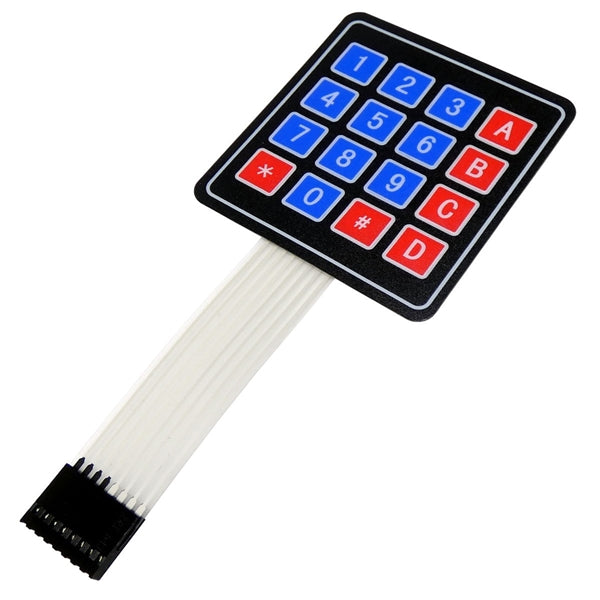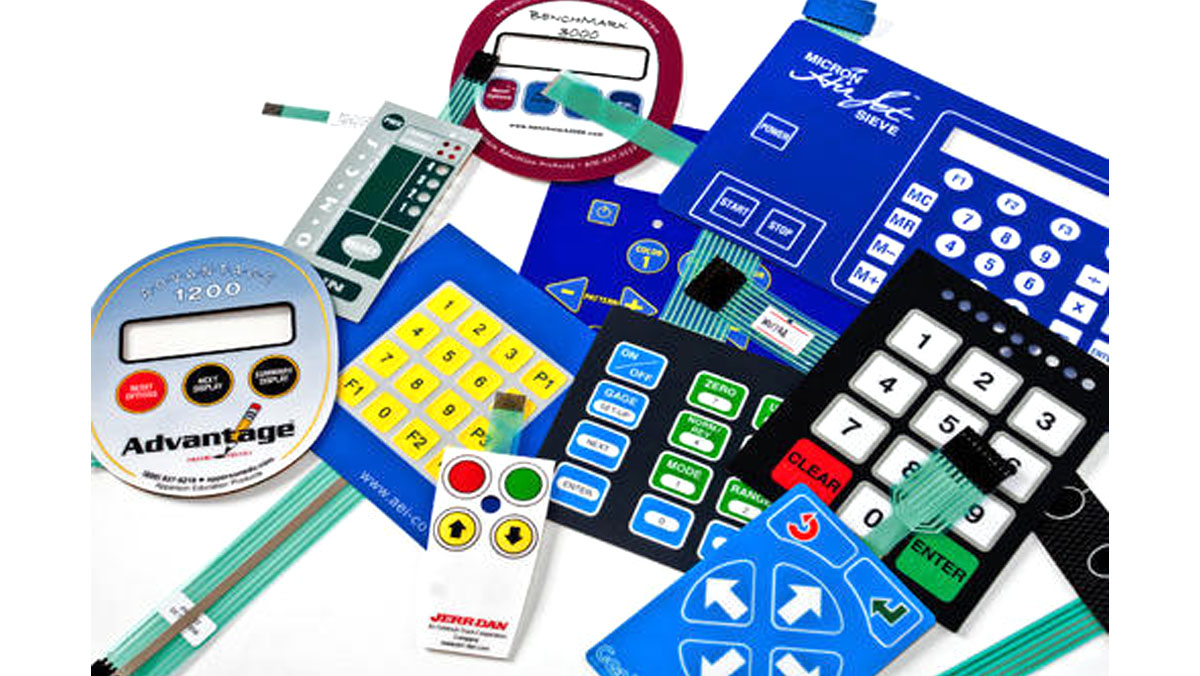The Role of Membrane Switches in Enhancing Device Functionality
The Role of Membrane Switches in Enhancing Device Functionality
Blog Article
Recognizing Membrane Changes: The Key to Trusted and resilient Controls

What Are Membrane Buttons?
Membrane layer buttons are a sophisticated service in the realm of individual interface modern technology, incorporating functionality and design perfectly. These gadgets function as a user interface in between customers and digital systems, incorporating numerous parts right into a portable layout. Generally constructed from flexible, thin layers of materials, membrane switches are designed to react to touch, enabling users to interact with machinery and digital tools properly.
The key components of a membrane layer switch include a printed circuit layer, graphic overlay, and a spacer layer that prevents unintended activation. The visuals overlay can be tailored to mirror brand name identity or user preferences, boosting aesthetics while ensuring use. Membrane layer buttons are typically used in different applications, including clinical gadgets, consumer electronic devices, and commercial devices, owing to their sturdiness and resistance to environmental factors such as dampness and dust.
One of the vital benefits of membrane buttons is their capability to endure wear and tear, making them excellent for high-traffic atmospheres. Additionally, they are light-weight and need minimal room, enabling innovative layouts in product growth. In general, membrane layer changes represent a reliable and useful choice for contemporary electronic interfaces, weding innovation with user-centric layout principles.
Just How Membrane Switches Over Work
The procedure of membrane changes joints on a basic yet reliable system that converts user input right into digital signals. These switches are composed of multiple layers, normally including a graphic overlay, a spacer layer, and a circuit layer. When a customer presses the switch, the top layer flaws, allowing a conductive aspect in the circuit layer to make call with a corresponding conductive pad on the bottom of the visuals overlay. This contact closes the circuit and sends out an electronic signal to the device, suggesting that the button has been triggered.
The layout of membrane switches can vary, but they commonly include domes or responsive elements to offer comments to the user, enhancing the overall experience - membrane switch. The materials used in membrane switches, such as polyester or polycarbonate, add to their toughness and resistance to ecological variables, consisting of dampness and dirt. Furthermore, the printed circuits are generally encapsulated, which safeguards them from wear and tear in time.
Benefits of Membrane Buttons

Furthermore, membrane layer buttons are recognized for their durability. Constructed from robust materials, they are resistant to dust, moisture, and physical wear, which considerably prolongs their life expectancy compared to conventional mechanical switches. This sturdiness makes them especially appropriate for high-traffic atmospheres and applications needing durability.
One more considerable benefit is the ease of cleaning and upkeep. The smooth surface area of membrane layer switches reduces dust buildup and is typically unsusceptible spills, making them ideal for setups that call for regular sanitization.
In addition, membrane switches supply a structured profile, leading to a thinner layout that can be integrated right into various tools without adding bulk. This attribute not just boosts the aesthetic appeal yet likewise adds to a much more ergonomic item style.
Applications of Membrane Switches
Flexible and straightforward, membrane buttons find applications throughout a wide variety of sectors, including clinical devices, consumer electronic devices, and commercial equipment. In the medical area, these buttons are essential to gadgets such as analysis devices, individual tracking systems, and mixture pumps, where integrity and ease of cleansing are important. Their ability to withstand harsh settings and maintain functionality makes them optimal for such applications.

In consumer electronics, membrane layer switches are utilized in products like microwaves, Web Site washing equipments, and push-button controls - membrane switch. Their smooth design permits user-friendly customer interfaces, enhancing the general customer experience while supplying longevity and resistance to tear and wear
Commercial devices also gains from membrane buttons, specifically in control panels for machinery and automation systems. These switches provide protection versus dust and moisture, making sure consistent efficiency in challenging atmospheres. Their personalized attributes permit producers to customize them to details functional requirements, boosting efficiency and performance.
Selecting the Right Membrane Layer Change
When selecting a membrane button, it is important to think about different aspects that affect performance and suitability for certain applications. The primary considerations consist of environmental problems, tactile feedback, longevity, and layout specifications.
First, analyze the operating atmosphere; switches subjected directory to dampness, chemicals, or extreme temperature levels call for certain materials to guarantee long life and functionality. Next, review the demand for responsive feedback. Depending upon user communication, some applications may benefit from a tactile action to verify activation, while others may like a non-tactile style for visual factors.
Sturdiness is another essential aspect; membrane buttons ought to be made to stand up to frequent usage, impacts, and abrasion. Make certain the chosen button can withstand the anticipated lifecycle, especially in high-usage scenarios.

Verdict
In conclusion, membrane switches over serve as vital parts in the design of long lasting and trusted control systems across various markets. The convenience of membrane switches enables for customized remedies that meet certain functional demands, enhancing their importance in contemporary technology.
Membrane layer switches over stand for a crucial aspect of contemporary interface style, mixing capability with strength in numerous applications.Membrane layer switches are a sophisticated solution in the realm of user interface modern technology, incorporating functionality and design seamlessly. Generally built from versatile, thin layers of materials, my blog membrane layer switches are created to respond to touch, making it possible for users to interact with equipment and digital tools efficiently.
The design of membrane layer buttons can vary, however they often include domes or tactile components to supply responses to the individual, boosting the overall experience.In final thought, membrane switches serve as essential parts in the design of reliable and sturdy control systems across numerous industries.
Report this page